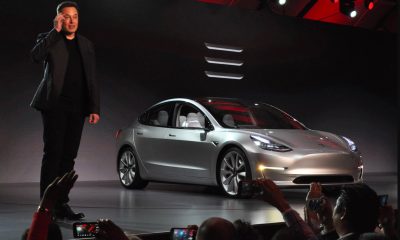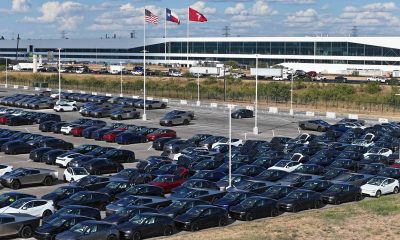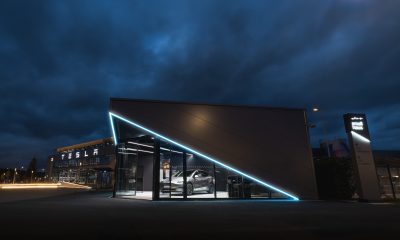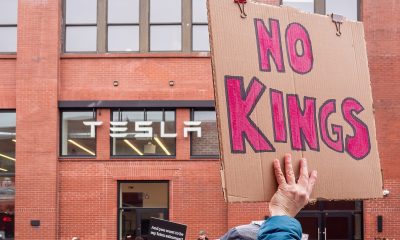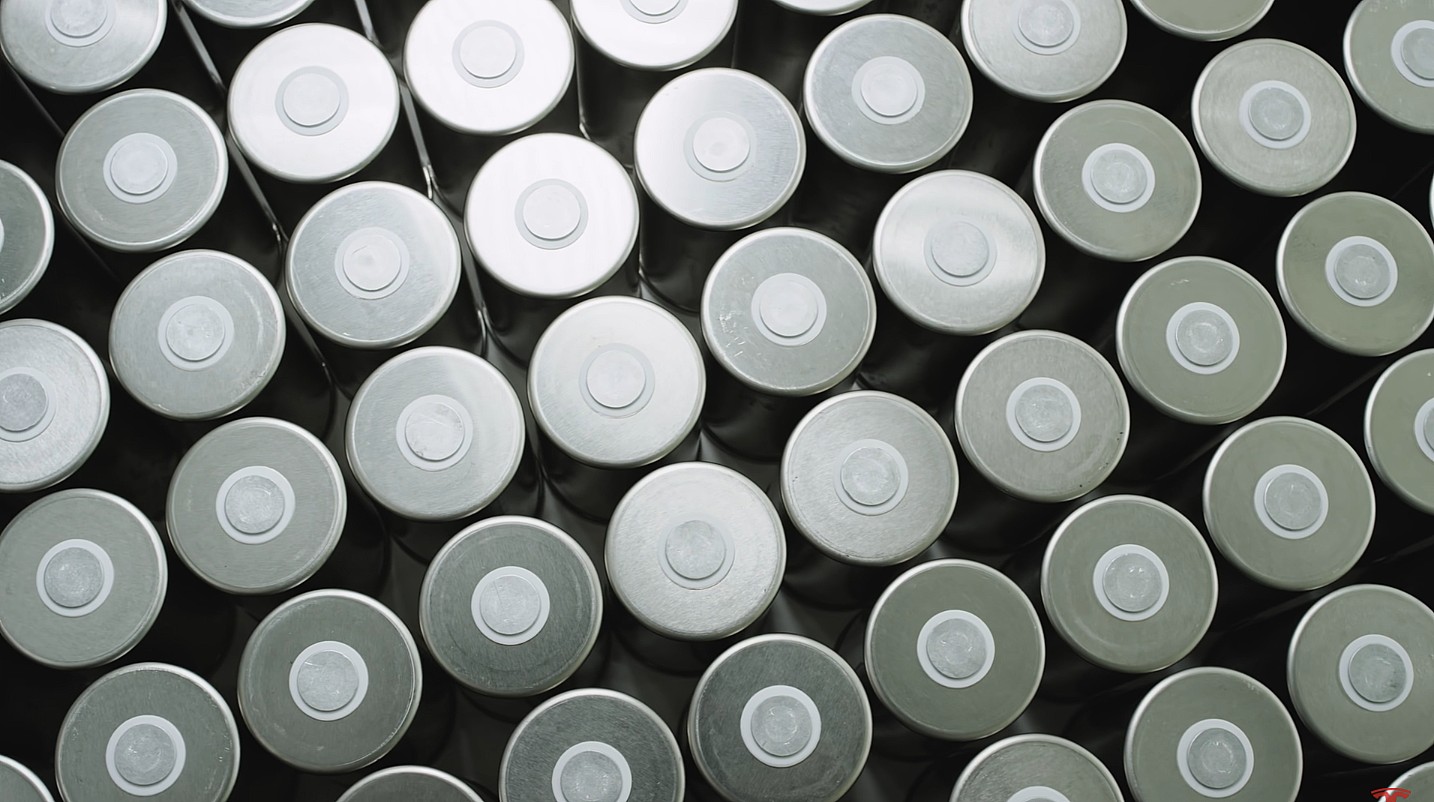
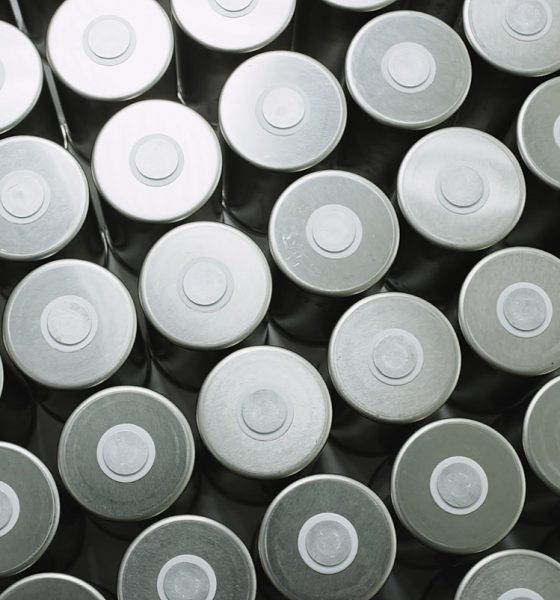
News
Tesla China supplier CATL launches cost-effective sodium-ion battery cell
Tesla China battery cell supplier Contemporary Amperex Technology Co. Ltd. (CATL) unveiled its sodium-ion battery earlier today, along with a solution that could integrate the cells with lithium-ion batteries in a single pack. The sodium-ion cells are a more cost-effective option than the lithium-ion batteries, opening the door for lower prices in the EV battleground market of China.
The introduction of sodium-ion cells is an alternative option to the lithium-ion cells Tesla has used in its vehicles. CATL Chairman Zeng Yuqun highlighted the favorable characteristics of utilizing sodium-ion cells during the company’s online launch event earlier today.
“Sodium-ion batteries have unique advantages in low-temperature performance, fast charging, and environmental adaptability,” Zeng said. “Moreover, they’re compatible and complementary with lithium-ion batteries. Diversified technical routes are an important guarantee for the long-term development of the industry.”
CATL said it will set up a supply chain for the new cells in 2023. The cells do not contain lithium, cobalt, or nickel, but the battery manufacturer did not disclose any cost details of the new cell.
Tesla has long been working with suppliers for battery cells and has partnerships with Panasonic, LG Chem, and CATL to supply its electric vehicles with batteries. While working with third-party suppliers, the company has also researched on its own with the help of a battery team at Dalhousie University with legendary cell scientist Jeff Dahn. Tesla is not opposed to exploring battery cell chemistries favorable for electric vehicles, especially if the new cells can create more range, power, or a longer life cycle.
CATL has worked with Tesla since Gigafactory Shanghai started producing vehicles in late 2019. Tesla started customer deliveries in early 2020 at the Chinese plant and has relied on CATL’s world-class battery manufacturing to keep up with growing demand in China. CATL sold 34.1 GWh in the first half of 2021, up 234% year-over-year, according to Automotive News China. The company has a 30 percent market share, but the company has been struggling with the rising cost of lithium carbonate, which has doubled this year. Additionally, nickel has also increased in price this year.
Due to increased demand, lithium prices are expected to trend higher this year and into next year, especially as more automakers extend into the electric automotive sector. These forecasts have launched battery makers like CATL into a widespread effort to experiment and develop other cell chemistries that would be favorable for their clients, and sodium-ion batteries are a great alternative.
Despite the sodium-ion cell’s reputation for somewhat lower energy density, CATL said that its Research and Development team had reached an energy density of 160 watt-hours per kilogram, and it should exceed 200 Wh/kg in the coming years as more experimentation continues. For comparison, lithium-ion cells can reach about 285 Wh/kg, according to K. M. Abraham, a research professor at Northeastern University. Interestingly, the solution CATL also unveiled at the event is also expected to compensate for the reduced energy density of the sodium-ion cell, while preserving the advantage the cell makeup has to offer.
News of the new cell shot Tesla stock up over 4.6% in early trading hours on Thursday. At the time of writing, TSLA stock traded at $677.07, up $30.23.
Disclosure: Joey Klender is a TSLA Shareholder.
Elon Musk
Elon Musk teases huge merger: ‘Trending towards convergence’
“My companies are, surprisingly in some ways, trending towards convergence.”
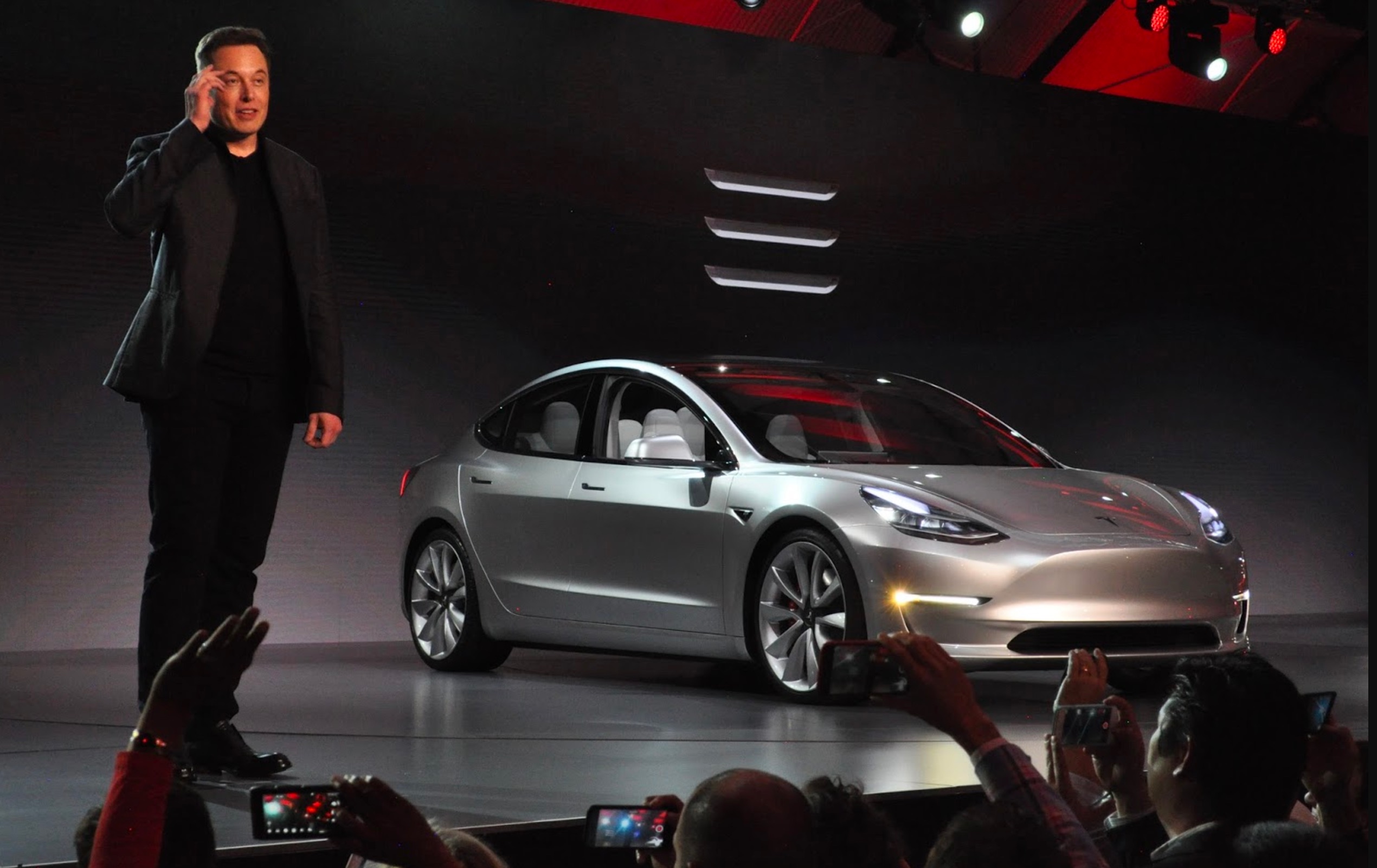
Elon Musk recently amplified the thoughts of Morgan Stanley analyst Adam Jonas, who had insight into the “Muskonomy” of his potentially interconnected ventures, something that was proposed at the recent Tesla Shareholder Meeting with xAI.
Musk’s words indicate a potential strategic fusion that could serve as a blueprint for future innovation–but it is dependent on a conglomeration between the many entities the CEO serves.
As Tesla grapples with scaling Optimus and preparing for its imminent production and the development of the Full Self-Driving suite, xAI’s computational edge could provide leverage for the millions of miles of data the company accumulates, providing a more stable and accurate development strategy for the autonomous and AI efforts it has put its chips all in on.
After Tesla Shareholders voted to deny Tesla and xAI’s potential financial partnership through an investment, Jonas said it was an issue that would have to be revisited due to its importance.
xAI has the opportunity to provide an incredible strategic and financial bolstering to Tesla, especially with how important a role data plays in the development of the company’s biggest products.
Jonas wrote in a note to investors:
“They’re gonna have to revisit this. We don’t think investors understand just how important xAI is to Tesla and the broader Muskonomy. Tesla’s relationship with xAI (financially and strategically) is deterministic to the long-term success of Tesla due in part to the natural synergies of data, software, hardware, and manufacturing in recursive loops. The values (and value systems) of both Tesla and xAI are endowed by the values of their shared creator. We believe this co-determination becomes more obvious in the next phases of physical AI/ autonomy for Tesla in the year ahead.”
Musk said, in response to Jonas’ note, that his companies are “surprisingly in some ways, trending toward convergence.”
My companies are, surprisingly in some ways, trending towards convergence
— Elon Musk (@elonmusk) November 10, 2025
Mergers and shared ecosystems between companies are not new moves out of Musk’s playbook, as it has been done in the past, especially with Tesla acquiring other entities.
It did it with SolarCity in 2016 and with Maxwell Technologies in 2019. Investments between Musk companies have occurred before, too, as SpaceX dumped $2 billion into xAI last July.
He’s also said on several occasions that he could eventually bring everything together into some sort of single entity. In July 2024, he said:
“I’m not opposed to the idea in principle, but I’m not sure there is a pragmatic or legal way to merge them. There is also value in equity incentives of people at the companies being tied to that company’s accomplishments.”
This point is especially relevant now with Musk’s recently approved compensation package.
He also said in June, during an interview with CNBC , that “It’s not out of the question” for xAI to merge with Tesla, but it would have to be approved by shareholders. Just a few days later, he said he would not support xAI merging with Tesla; however, he put it in investors’ hands.
It’s more than just a deal; it’s symbiotic. Musk being at the helm of various companies, all intertwined with one another, helps foster recursive innovation. Despite these advantages, there are still a handful of things to consider, especially from a regulatory perspective.
However, it is not competition; it’s convergence. In Musk’s universe, especially from a business sense, mergers are not endpoints, but instead launchpads for ambitions that aim to take each company from Earth to lands beyond our atmosphere.
Elon Musk
Tesla makes Elon Musk’s new compensation package official
This is an important thing to note, as much of the media coverage regarding Musk’s pay package seems to indicate that the company and the shareholders are simply giving the CEO the money. He has to come through on each of these tranches to unlock the $1 trillion.
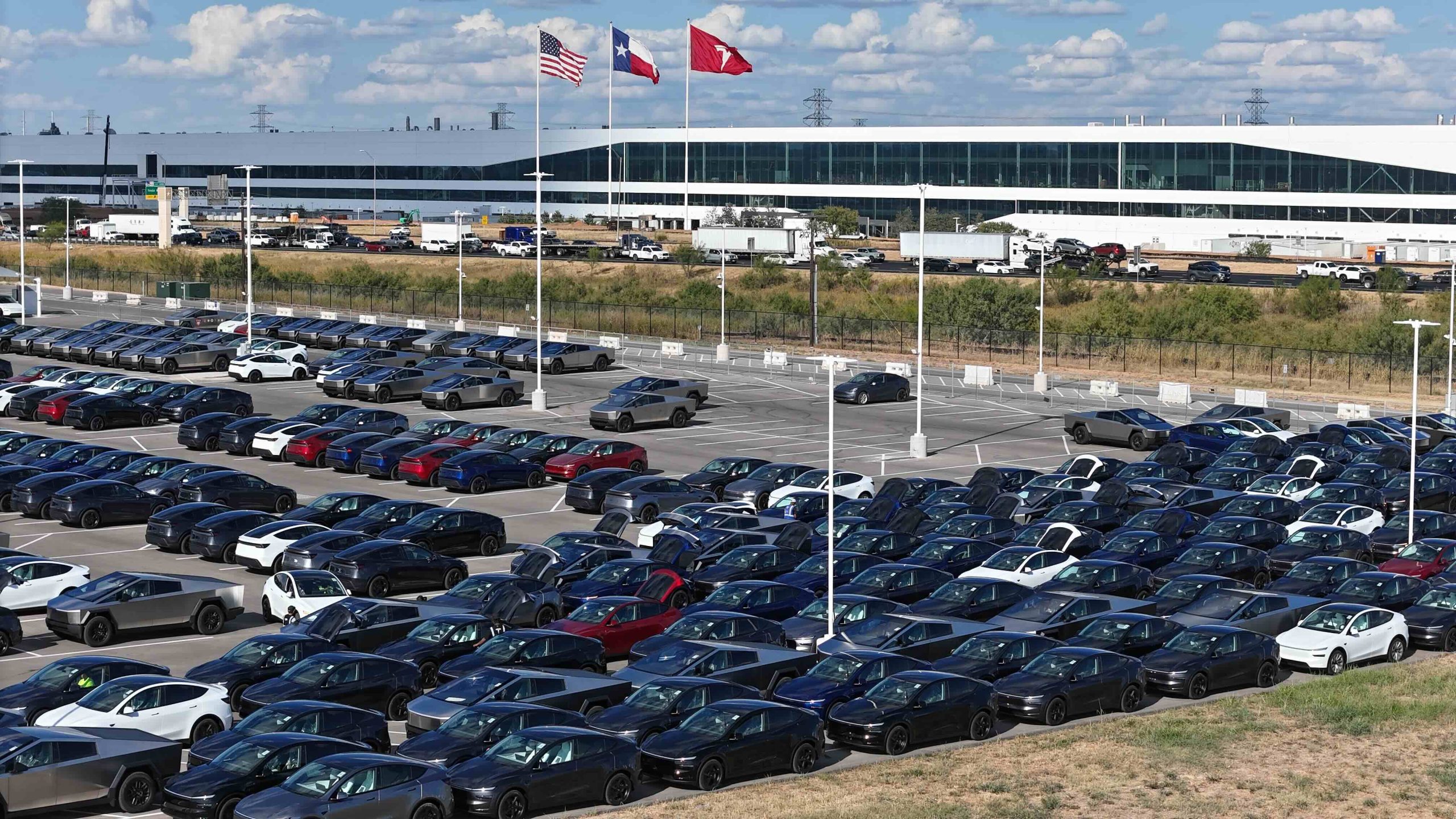
Tesla has made CEO Elon Musk’s new compensation package official, as it filed a Form 4 with the Securities and Exchange Commission (SEC) on Monday.
The package officially gives Musk the opportunity to acquire over 423 million shares of Tesla stock (NASDAQ: TSLA), dependent on his ability to achieve twelve performance-based tranches that will bring growth to the company and its shareholders.
Tesla (TSLA) shareholders officially approve Elon Musk’s 2025 performance award
Musk’s new compensation package was approved by investors last Thursday at the company’s Annual Shareholder Meeting, as over 75 percent of voters supported the CEO’s new plan, which could be valued at over $1 trillion if he is able to come through on all twelve tranches.
The twelve tranches include growth goals related to vehicle deliveries, the Optimus humanoid robot project, and Tesla’s valuation. If Musk is able to achieve each tranche, he would help Tesla achieve an over $8 trillion market cap.
The 12 tranches include:
-
$2 trillion market cap + Deliver 20 million Tesla vehicles cumulatively
-
$2.5 trillion market cap + Reach 10 million active Full Self-Driving (FSD) subscriptions
-
$3 trillion market cap + Deliver 1 million Optimus humanoid robots
-
$3.5 trillion market cap + Operate 1 million Robotaxis commercially
-
$4 trillion market cap + Hit $50 billion in adjusted EBITDA (earnings before interest, taxes, etc.)
-
$4.5 trillion market cap + Hit $80 billion in adjusted EBITDA
-
$5 trillion market cap + Hit $130 billion in adjusted EBITDA
-
$5.5 trillion market cap + Hit $210 billion in adjusted EBITDA
-
$6 trillion market cap + Hit $300 billion in adjusted EBITDA
-
$6.5 trillion market cap + Hit $400 billion in adjusted EBITDA
-
$7.5 trillion market cap + Hit $400 billion in adjusted EBITDA for four straight quarters in a row
-
$8.5 trillion market cap + Hit $400 billion in adjusted EBITDA for four straight quarters in a row
Achieving the twelve levels of the new compensation package would also give Musk what he’s really after: a larger ownership share in Tesla, which would help him achieve more control, something he feels is necessary for the rollout of the Optimus robot “army.”
Musk does not earn a dime if he does not achieve any of the tranches above.
This is an important thing to note, as much of the media coverage regarding Musk’s pay package seems to indicate that the company and the shareholders are simply giving the CEO the money. He has to come through on each of these tranches to unlock the $1 trillion.
News
Tesla provides vehicles for German firefighters’ EV training program
The sessions were aimed at improving emergency services for accidents involving electric vehicles.
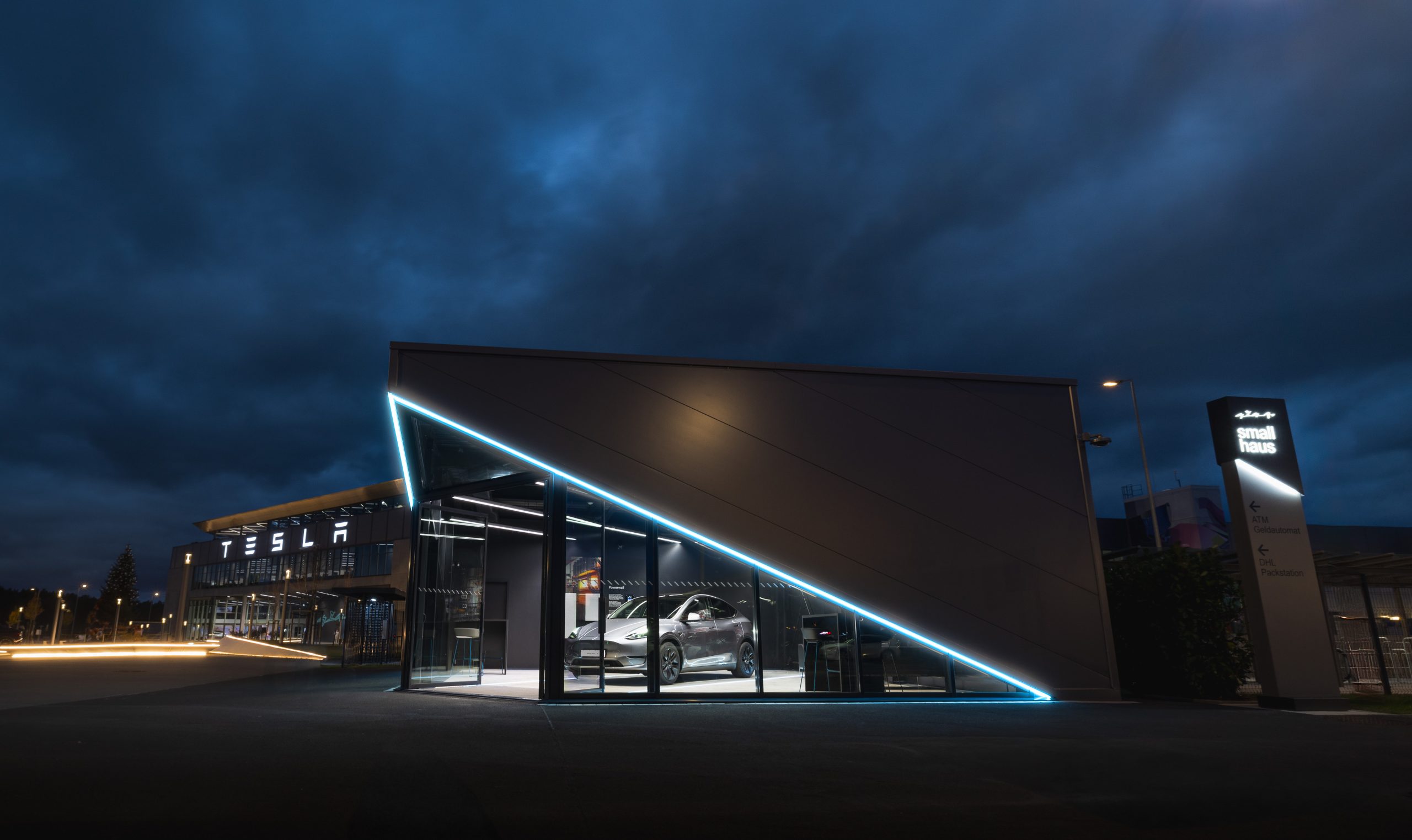
Firefighters from across Germany recently gathered at Tesla Gigafactory Berlin-Brandenburg to practice emergency procedures on electric vehicles. The first training session last weekend focused on dismantling Tesla vehicles using spreaders, shears, and saws, giving responders hands-on experience with modern EV construction and safety features.
The sessions were aimed at improving emergency services for accidents involving electric vehicles, which, while less likely to catch fire than conventional cars, require special handling.
Challenges for first responders
During the exercises, firefighters discovered that Tesla vehicles’ sturdy, unified body panels, which are among the reasons why they are among the safest cars on the road, made cutting doors and roofs more difficult than in older vehicles, as noted in an rbb24 report.
“It was a real eye-opener,” firefighter Martin Haschick said, adding that his first attempt showed him “how not to do it, because we are also trained on older vehicles, and that took longer than I expected.” Tesla trainers demonstrated proper techniques to safely dismantle vehicles, emphasizing differences between older combustion-engine cars and today’s EVs.
Patrick Fath, head of the Tesla plant fire brigade, explained that hands-on experience with current EVs is critical, as scrap cars typically used in training do not reflect modern material strengths or technological design.
“They naturally have a completely different level of technology and different material strengths. But what can happen to us in everyday life – on the highway, on the roads, involves modern vehicles,” Fath stated.
Future training programs
Tesla plans to continue offering training for regional fire departments and state fire service schools, with the Brandenburg Ministry of the Interior observing the initial sessions to provide feedback. Exercises currently avoid live fires or fluid leaks due to the factory’s location in a drinking water protection zone. Tesla covers the costs of these programs, aiming to enhance first responders’ knowledge of modern EV safety and accident procedures.
In a comment, Fath highlighted that electric vehicle fires should not be too much of a problem, considering that the vehicles don’t catch fire as often as their combustion-powered counterparts. “Studies and experience from recent years have already shown that electric vehicles catch fire far less often than conventional vehicles. We have far fewer flammable materials, no gasoline or diesel tank, and therefore fewer ignition sources,” Fath stated.
Authorities have announced similar conclusions. The German Insurance Association (GDV) has confirmed that EVs catch fire significantly less often than combustion-powered cars, with statistics showing that around 14,200 vehicles caught fire in Germany in 2023. At the time, no higher fire risk was found in EVs. Data from the US National Transportation Safety Board (NTSB) from 2024 also showed that about 25 out of 100,000 EVs catch fire, which is notably fewer than the 1,530 out of 100,000 combustion-powered vehicles that catch fire.
-
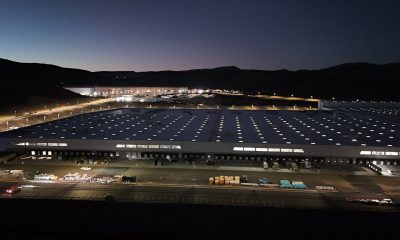
 News4 days ago
News4 days agoTesla shares rare peek at Semi factory’s interior
-

 Elon Musk4 days ago
Elon Musk4 days agoTesla says texting and driving capability is coming ‘in a month or two’
-
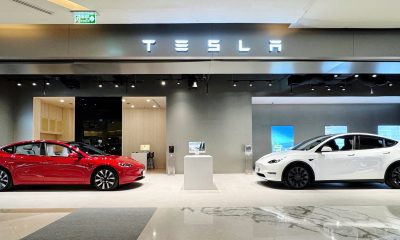
 News3 days ago
News3 days agoTesla makes online ordering even easier
-
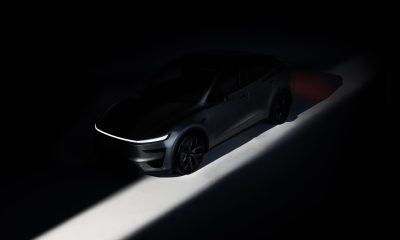
 News3 days ago
News3 days agoTesla Model Y Performance set for new market entrance in Q1
-
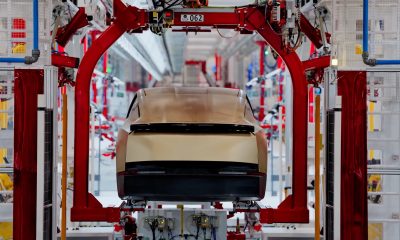
 News4 days ago
News4 days agoTesla Cybercab production starts Q2 2026, Elon Musk confirms
-

 News4 days ago
News4 days agoTesla China expecting full FSD approval in Q1 2026: Elon Musk
-
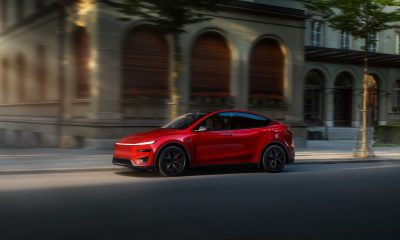
 News5 days ago
News5 days agoTesla Model Y Performance is rapidly moving toward customer deliveries
-
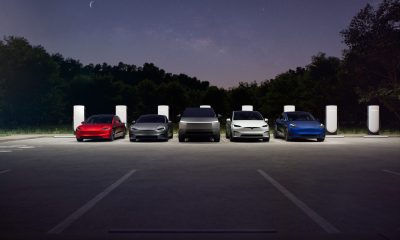
 News2 days ago
News2 days agoTesla is launching a crazy new Rental program with cheap daily rates


